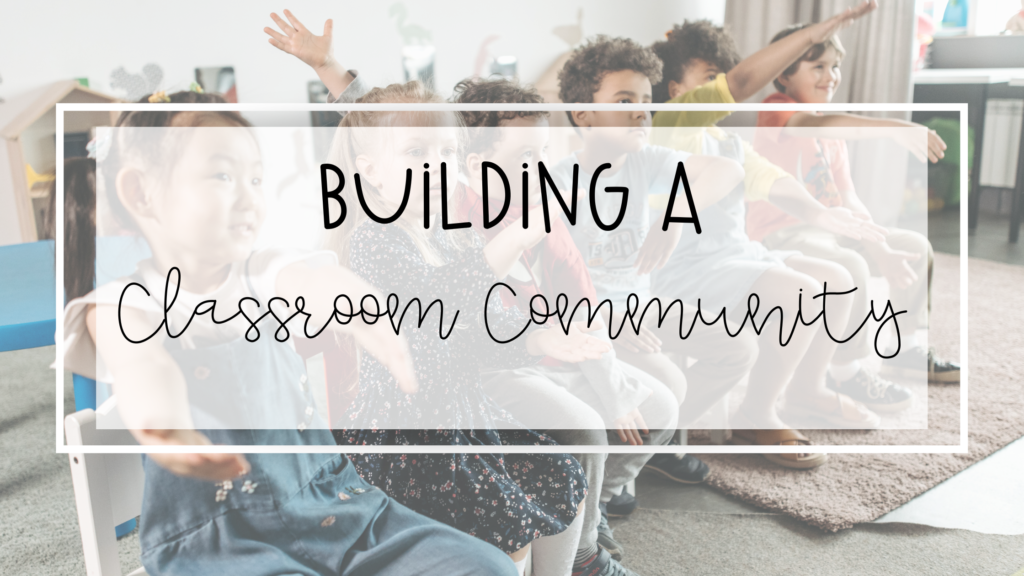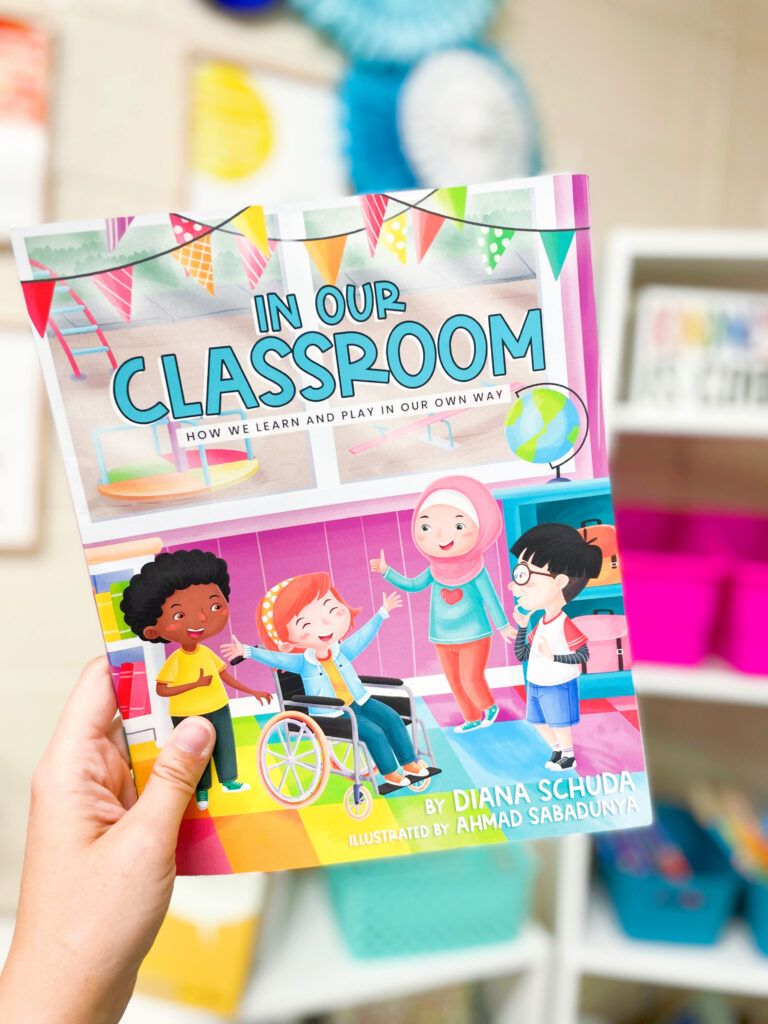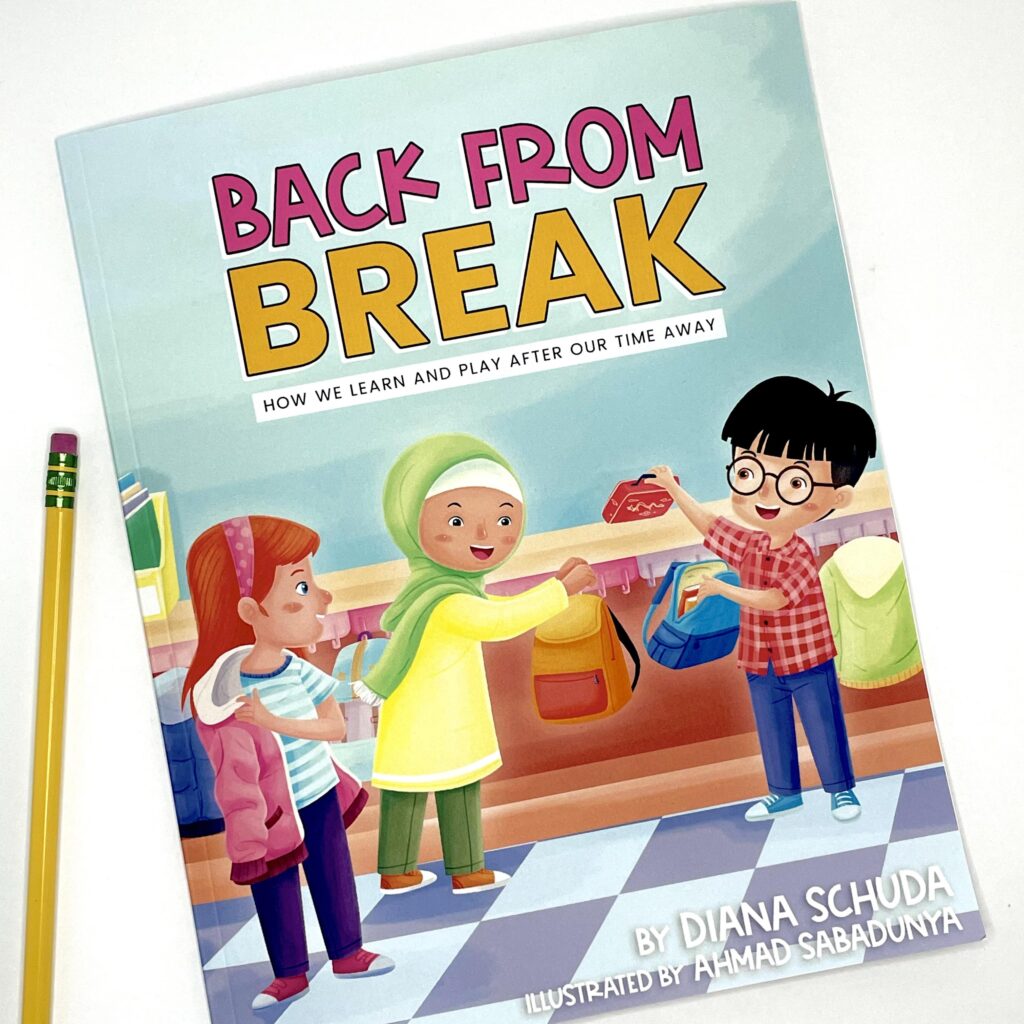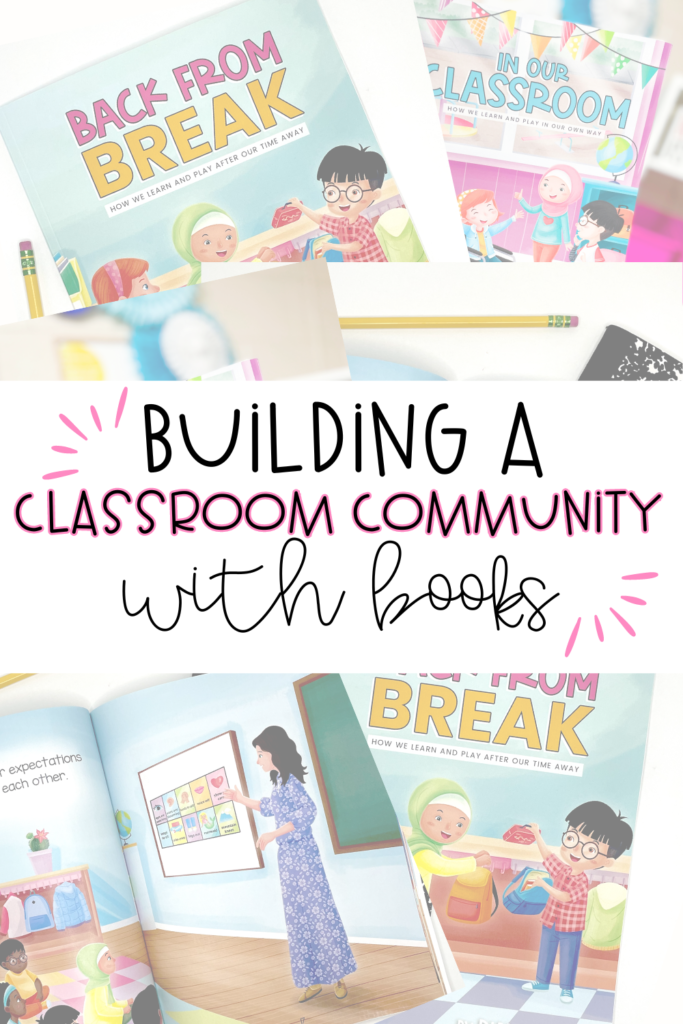Building a Classroom Community Easily: Using Books to Help
Establishing a strong sense of community within the classroom is super important when it comes to creating a positive and productive learning environment. When students feel connected to their peers and teachers, they are more likely to be engaged, motivated, and ultimately succeed academically. Furthermore, a supportive classroom community can help your classroom management, leading to smoother transitions, decreased disruptions, and improved overall behavior. In this blog post, we’re gonna get into the significance of building a classroom community and explore practical strategies from two pretty awesome books: Our Classroom: How We Learn to Play and Work Together and Back From Break: How We Learn and Play after our Time Away. Although, I may be bias. 😉

Importance of Building a Classroom Community:
Beyond being just a physical space for learning, a classroom community creates a sense of belonging, trust, and mutual respect among students and teachers alike. When students feel strongly connected to their peers and teachers, they are much more likely to actively participate in class discussions, collaborate on projects, and support each other’s academic journey. Moreover, a strong classroom community contributes to a positive school culture and decreases bullying or disruptive behavior.
Strategies for Building a Classroom Community:
Teachers have various tools at their disposal to create a strong sense of community within their classrooms:
- Icebreaker Activities: Start each class session or the school year with engaging icebreaker activities that facilitate better understanding and camaraderie among students.
- Establishing Classroom Norms: Involve students in collaboratively developing a set of classroom norms or rules that include values such as respect, kindness, and cooperation.
- Encouraging Teamwork: Assign group projects or activities that need collaboration. This allows for student teamwork and communication skills.
- Celebrating Diversity: Acknowledge and celebrate each student’s diverse backgrounds, talents, and perspectives within the classroom.
- Regular Check-Ins: Organize frequent check-ins or class meetings where students can express their thoughts, concerns, and achievements in a supportive environment.

Significance on Classroom Management:
A classroom community is like the cornerstone of effective classroom management. When students feel connected and valued, they are more likely to follow the classroom rules and expectations. Additionally, a sense of belonging empowers students to take responsibility for their behavior and hold themselves and their peers accountable. Teachers can address conflicts and challenges by nurturing positive relationships and open communication channels within the classroom. This creates a more harmonious learning environment.
Utilizing In Our Classroom: How We Learn to Play and Work Together to Foster a Classroom Community:
In Our Classroom provides important insights and practical strategies for cultivating a well-functioning classroom community. Teachers can use the book’s interactive exercises, discussion prompts, and real-life examples to initiate meaningful conversations about teamwork, empathy, and effective communication. By integrating the book’s lessons into daily classroom activities, teachers can equip students with essential social and emotional skills while strengthening their interpersonal connections. Click HERE to grab your copy.

Leveraging Back From Break: How We Learn and Play after Our Time Away for Post-Break Classroom Management:
Students often struggle to re-engage with academic tasks and routines after an extended break, such as holidays or spring break. Back From Break offers practical tips and activities for re-establishing classroom norms, restarting motivation, and addressing any behavioral challenges that may arise. Teachers can use the book’s strategies to facilitate a smooth transition back to school, reinforce positive behavior expectations, and rebuild the classroom community post-break. Click HERE to grab your copy.

Fostering a strong classroom community is important when creating a supportive and conducive learning environment. Teachers can empower students to excel academically and socially by making connections, allowing for collaboration, and having open lines of communication. Through the guidance provided by In Our Classroom and Back From Break, teachers can effectively create a sense of belonging and manage their classrooms with empathy and confidence.

